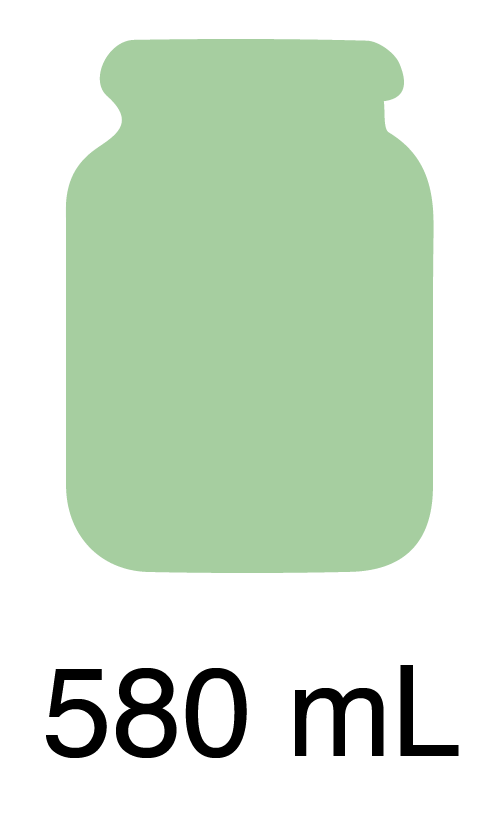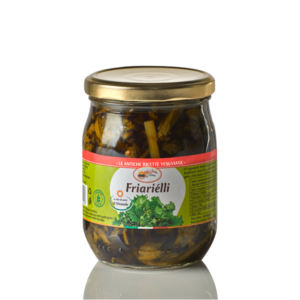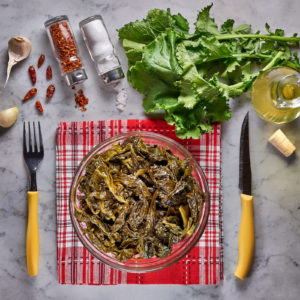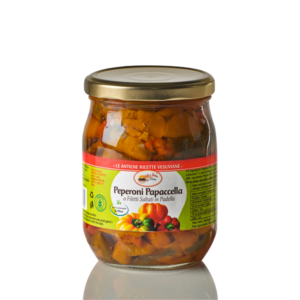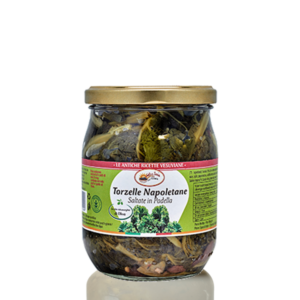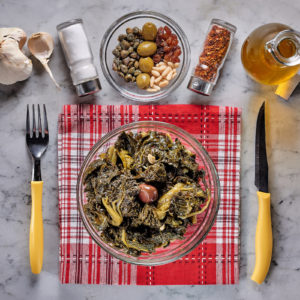Additional information
| Source area | Marigliano countryside – Italy. |
|---|---|
| Nutritional Intake | A vegetable with good content of manganese, calcium, potassium, copper and magnesium, iron and phosphorous. The fresh vegetable is rich in vitamin A, B (B1, B2, B3, B5 and B6), also full of vitamin C, and E. 100 g of product contain seven times the daily requirement of K1 vitamin. Torzella is also rich in antioxidants like quercitin, kaempferol, sulfuaraphan, indole-3-carbinol; being a cruciferous plant, it also contains antioxidant glucosinates. Good percentage of lutein and zeaxanthin. The only relevant acid omega-3 fat is linoeic acid. |
| Period of transformation | From the second week of October to the fourth week of January |
| Trivia | In the post-war period in Campania, this plant was completely forgotten. Fortunately, since 2004, the Agriculture and Production Activity Department of Campania has been promoting a recovering and genetic stabilization of torzella, thanks to the “Recovering and Enhancement Program of horticultural geno-plasma of Campania”, and entrusting it to the Applied Research Agricultural Consortium. The consumption of this vegetable is mainly connected to a traditional, ancient recipe: the “menesta maretata”, which linked (or “married”, according to the Neapolitan word), a rich mixed meat broth to several vegetables, as the poet Giovan Battista del Tufo wrote in his work “Il Ritratto o modello delle grandezze, delizie e meraviglie della nobilissima città di Napoli’’ – in 1590. |
| Logo | D.O.P. (Denominazione di Origine Protetta) |
|---|---|
| Read more | http://www.agricoltura.regione.campania.it/Tipici/pdf/GUCE-piennolo.pdf |
| Source area | Somma Vesuviana / Sant’Anastasia - Italy |
| Nutritional Intake | A vegetable with a good content of sodium, potassium, selenium, calcium, phosphorus, iron and zinc. Good presence of organic acids like citric, ascorbic and malic acid, as well as reducing simple sugar like glucose and fructose There’s no shortage of polysaccharides like pectin, cellulose, hemi-cellulose and lignin, which give the fruit resistance and compactness. The fresh vegetable is rich in vitamin A, B5, B6, C (three times higher than in yellow tomato), K1 lycopene, chlorophylle and detectable anthocyanins. |
| Period of transformation | From the first week of July to the fourth week of August. |
| Trivia | The famous Vesuvius Piennolo Cherry Tomato, P.D.O., is a real flagship in Campania, enough to be represented on the traditional Neapolitan crib. They are little, round, tomatoes with a typical pointed base (called mucrone) and a sweet and acidulous taste due to the concentration of sugar and mineral salts. In the country tradition they are handpicked in summer, their bunches tied in a circle on a plant fiber twine (“tinned tomatoes”, “pomodori da serbo”). The tomatoes bunches are called “piennoli”, from the Italian “pendolo” (pendulum), as they were used to be hung from the ceiling of farmers’ houses. The high sugar level, never lower than 6.5 °Bx regulating, can be reachable as tomatoes are cultivated without irrigation water. |


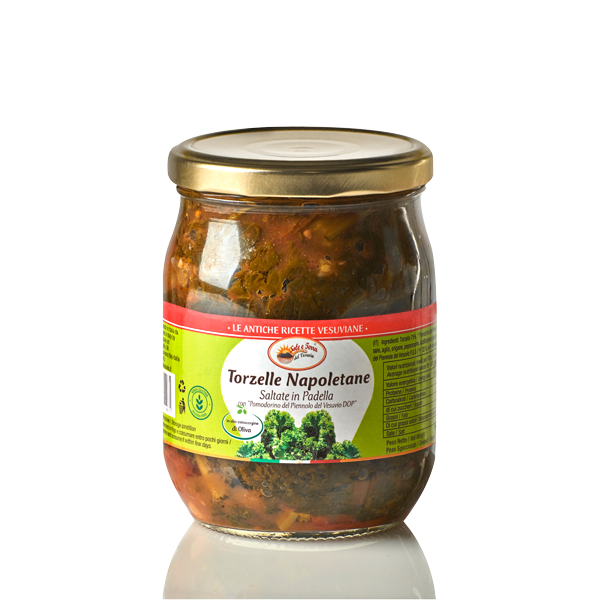
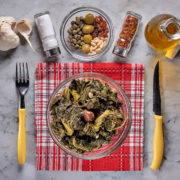
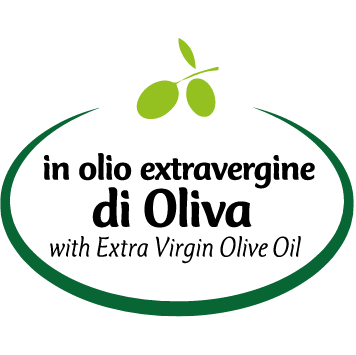
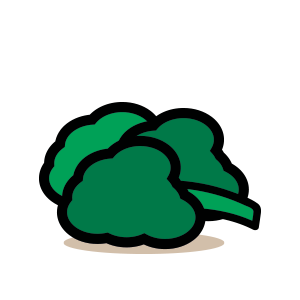 Torzella 75%
Torzella 75%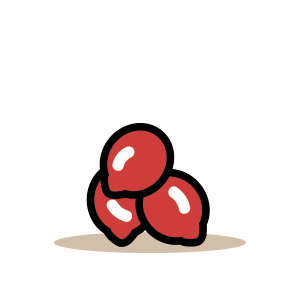 Vesuvius Piennolo Cherry Tomato, 22%
Vesuvius Piennolo Cherry Tomato, 22% Extra-virgin olive oil
Extra-virgin olive oil Sea salt
Sea salt Garlic, oregano, chili pepper, acidifier: citric acid.
Garlic, oregano, chili pepper, acidifier: citric acid.
